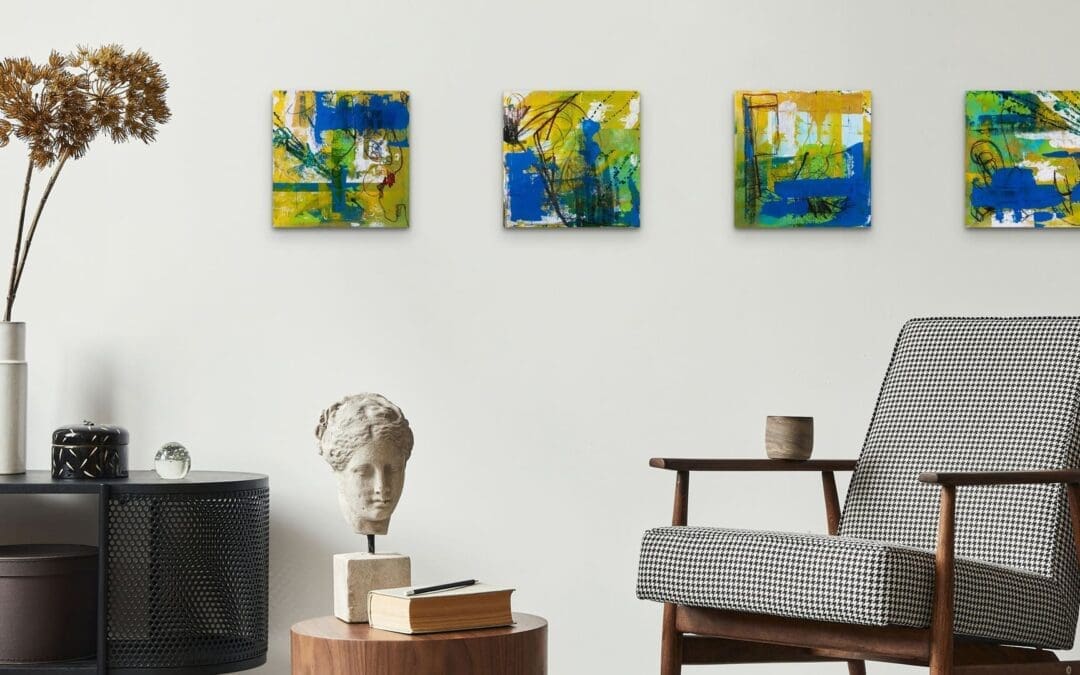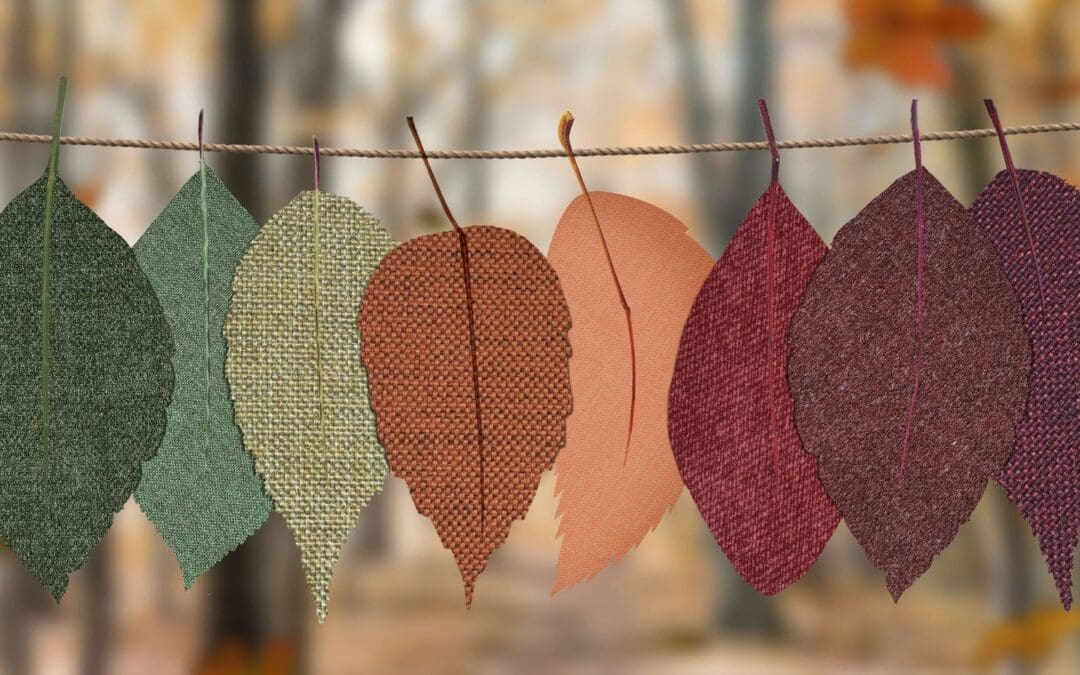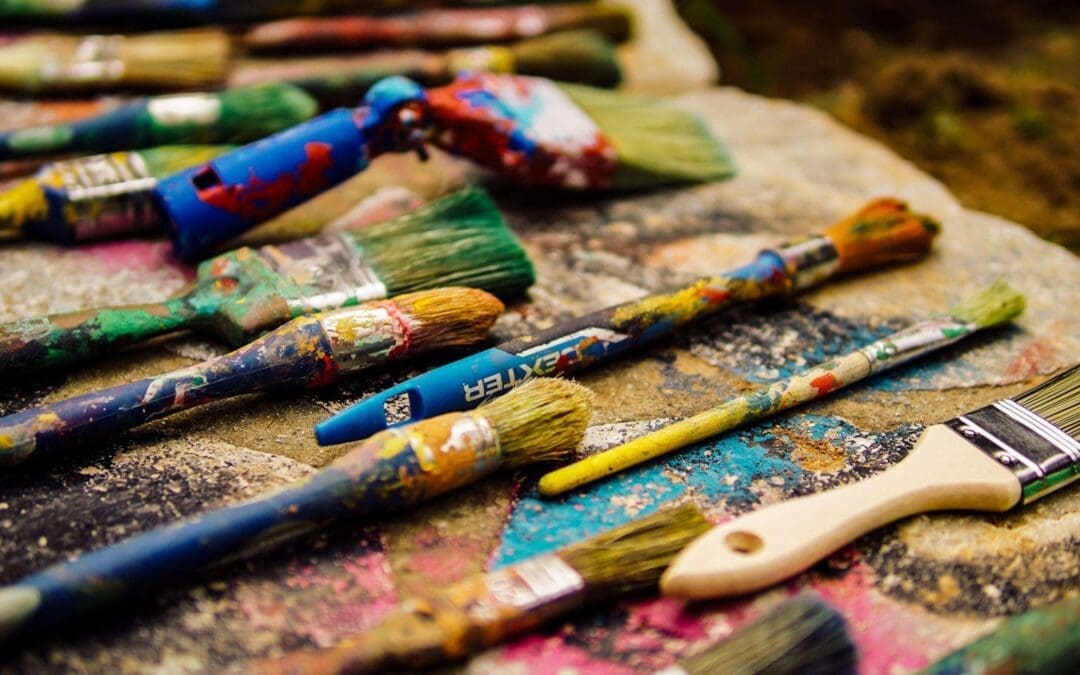
Build an art collection from scratch: pro tips for beginners.
Are you someone who appreciates art and has always dreamed of building an impressive collection, but have no idea where to start? Look no further! As a beginner in the world of art collecting, it can seem intimidating and overwhelming to jump into the market. However, with the right knowledge and strategy, anyone can become a seasoned art collector. In this blog post, we will share pro tips on how to build an impressive art collection from scratch, so you can confidently begin your journey as an art collector.
The Basics: Understanding What Art Collecting Involves
Art collecting is more than just buying and displaying artworks. It is an intricate process that involves a deep appreciation for creativity, aesthetics, and history. Understanding what art collecting involves is essential for anyone looking to embark on this journey.
At its core, art collecting is about forming a personal connection with the artworks you acquire. It is about exploring different mediums, styles, and movements, and finding pieces that resonate with you. From traditional paintings and sculptures to avant-garde installations and abstract art, the possibilities are endless.
Art collecting also requires knowledge and research. Familiarizing yourself with artists, their backgrounds, and their artistic philosophies can help you make informed decisions when purchasing artworks. Understanding the market and staying updated on current trends and prices is also crucial.
Additionally, art collecting involves actively participating in the art community. Visiting galleries, attending art fairs, and engaging with artists and fellow collectors allows you to expand your knowledge and network. Building relationships within the art world can provide valuable insights and opportunities.
Research is Key: Getting Familiar with the World of Art
To become a seasoned art collector, research is key. Getting familiar with the world of art is an essential step in building an impressive collection. Begin by exploring different art movements and styles, from classical to contemporary, to understand the evolution of artistic expression. Delve into the works of renowned artists and learn about their unique contributions to the art world.
In addition to studying art history, make it a point to visit galleries, museums, and art fairs. Immersing yourself in the physical presence of artworks allows you to appreciate their scale, texture, and color in person. Engage with curators and gallery owners, as they can provide valuable insights and recommendations for artists to watch.
To expand your knowledge, read art books, articles, and attend art lectures. Follow reputable art publications and websites for updates on exhibitions, new artists, and trends. Educate yourself on various mediums, such as painting, sculpture, photography, and even emerging digital art. Understanding the different ways artists express themselves can help you develop a discerning eye for quality and originality.
Research is not only about acquiring knowledge but also about nurturing your own taste and preferences. Keep an open mind and explore a variety of art genres, including abstract art. Allow yourself to be captivated by pieces that evoke emotions and make you think.
Define Your Style: Discovering and Refining Your Art Preferences
As you delve deeper into the world of art collecting, it becomes essential to define your style and discover your art preferences. This is an exciting process that allows you to develop a unique taste and curate a collection that truly reflects your personality.
To define your style, take the time to explore different art genres and mediums. From classical paintings to contemporary sculptures, immerse yourself in the diverse range of artistic expressions. Don’t be afraid to step outside of your comfort zone and explore abstract art, which can often evoke powerful emotions and challenge traditional notions of beauty.
Attending art exhibitions, galleries, and museums can also provide inspiration and help refine your preferences. Pay attention to the works that captivate your attention and speak to you on a deeper level. Do you find yourself drawn to bold, vibrant colors or delicate, minimalist compositions? Recognizing these patterns and themes will help guide your collection.
Additionally, engaging in conversations with artists, curators, and fellow collectors can offer valuable insights and perspectives. Join art communities, participate in workshops, and attend artist talks to gain a deeper understanding of the creative process and artistic philosophies.
Starting Small: Tips for First-Time Purchases
For first-time art collectors, starting small is the key to building a solid foundation for your collection. Here are some tips to help you make your first purchases with confidence.
1. Set a budget: Determine how much you are willing to spend on your first artworks. It’s important to establish a budget that aligns with your financial situation and long-term collecting goals.
2. Explore emerging artists: Keep an eye out for up-and-coming artists who are not yet widely recognized. Investing in emerging talent can be a rewarding experience, both financially and creatively.
3. Attend local art events: Visit local art fairs, exhibitions, and student showcases to discover affordable artworks. These events often feature talented artists who are looking to gain exposure and offer their works at more accessible prices.
4. Buy what you love: When starting your collection, prioritize buying artworks that truly resonate with you. Focus on building a collection that reflects your personal taste and preferences.
5. Seek expert advice: Consult with art advisors or gallery owners who can guide you in your first purchases. They can provide valuable insights into the quality, authenticity, and potential value of the artworks you are interested in.
Learning to Invest Wisely: Finding Value in Art
When it comes to building an art collection, learning to invest wisely is crucial. Finding value in art goes beyond simply purchasing pieces that catch your eye. It requires a keen eye for quality, potential, and long-term value. Here are some tips to help you navigate the art market and make wise investment decisions.
First and foremost, do your research. Take the time to study the artists you are interested in and understand their market value. Look for artists with a consistent body of work and a strong presence in the art world. Keep an eye on auction results and sales records to get a sense of their market performance.
It’s also important to consider the condition of the artwork. Look for pieces that have been well-maintained and have minimal damage or restoration. Art that is in excellent condition tends to retain its value better over time.
Additionally, consider investing in artists who have a unique and distinct style. Artists who push boundaries and challenge conventions are often the ones that stand the test of time and gain recognition in the art world.
Lastly, don’t be afraid to seek expert advice. Consulting with art advisors, gallery owners, and other collectors can provide valuable insights into the potential value of artworks and help you make informed investment decisions.
Networking: Importance of Relationships in the Art World
Building a successful art collection goes beyond just acquiring artworks; it also involves building relationships within the art world. Networking plays a crucial role in the art community, allowing collectors to expand their knowledge, gain insights, and discover new opportunities.
By engaging with artists, curators, and fellow collectors, you can immerse yourself in the vibrant art scene and develop a deeper understanding of the works you love. Attending gallery openings, art fairs, and artist talks not only allows you to view incredible artwork firsthand but also provides a platform for meaningful conversations and connections.
Networking also opens doors to exclusive events, private viewings, and insider information. By building relationships with gallery owners and art advisors, you can gain access to new artists, upcoming exhibitions, and valuable investment opportunities. Collaborating with others in the art world can provide a support system, guidance, and fresh perspectives on your collection.
So, embrace the power of networking and actively engage with the art community. By fostering relationships, you can enrich your art collecting experience, broaden your horizons, and create a network of like-minded individuals who share your passion for art.
Care and Maintenance: Keeping Your Art Collection in Top Shape
As an art collector, it’s essential to prioritize the care and maintenance of your collection to ensure its longevity and preservation. Proper care will not only keep your artworks in top shape but also maintain their value over time. Here are some tips to help you keep your art collection looking its best.
First and foremost, display your artworks in appropriate conditions. Protect them from direct sunlight, extreme temperatures, and humidity. Choose a location away from moisture, heat sources, and high-traffic areas. Consider investing in UV-filtering glass or acrylic to shield delicate pieces from harmful UV rays.
Regular cleaning is also crucial. Use soft, lint-free cloths or brushes to remove dust and debris from the surface of the artworks. Avoid using cleaning products or solvents that could damage the artwork.
Periodically check for signs of damage or deterioration. Look out for discoloration, cracks, or any other abnormalities. If you notice any issues, consult a professional art conservator to assess and address the problem promptly.
Lastly, keep detailed records of your collection, including purchase receipts, certificates of authenticity, and any documentation related to the artwork. This information will not only help you track the value and provenance of your collection but also assist future appraisals and potential sales.
By following these care and maintenance tips, you can ensure that your art collection remains in excellent condition and continues to bring you joy and inspiration for years to come.
Mistakes to Avoid as a Beginner Art Collector
As a beginner art collector, it’s important to be aware of common mistakes that can hinder your progress and potentially diminish the value of your collection. Here are some mistakes to avoid as you embark on your journey:
1. Impulse buying: Avoid purchasing artworks on a whim without thoroughly researching the artist, their reputation, and the market value of their works. Take the time to evaluate the quality, authenticity, and potential long-term value of the artwork.
2. Neglecting provenance: Provenance refers to the documented history of an artwork, including its ownership, exhibition history, and authenticity. Neglecting to verify the provenance of a piece can lead to potential issues in the future and may impact the value of the artwork.
3. Ignoring conservation: Failing to properly care for and maintain your artworks can lead to deterioration and loss of value over time. Learn how to store, display, and clean your collection to ensure its longevity.
4. Overlooking authenticity: Authenticity is crucial in the art market. Be wary of counterfeit or misrepresented artworks and ensure that you purchase from reputable sources.
5. Falling into trends: While it’s important to stay informed about current art trends, don’t let them dictate your collecting choices. Collect artworks that genuinely resonate with you, rather than solely following what’s popular.
Taking it to the Next Level: Transitioning into a Seasoned Art Collector
Now that you have successfully built a solid foundation as an art collector, it’s time to take your passion to the next level and become a seasoned collector. Transitioning into a seasoned art collector involves further expanding your knowledge, refining your tastes, and pushing the boundaries of your collection.
To become a seasoned art collector, continue to immerse yourself in the art world. Attend international art fairs, visit renowned museums, and explore galleries around the world. This exposure to diverse artworks and artistic perspectives will deepen your understanding and appreciation of the art scene.
Networking remains crucial at this stage as well. Connect with artists, curators, and collectors who inspire you and whose work aligns with your interests. Engage in discussions and attend artist talks to gain insights into the creative process. Building strong relationships within the art community can lead to exciting opportunities and collaborations.
As a seasoned art collector, don’t be afraid to explore new mediums and art genres. Take risks, challenge your own preferences, and embrace unconventional works. By pushing the boundaries of your collection, you can discover hidden gems and showcase your expertise and creativity as a collector.



